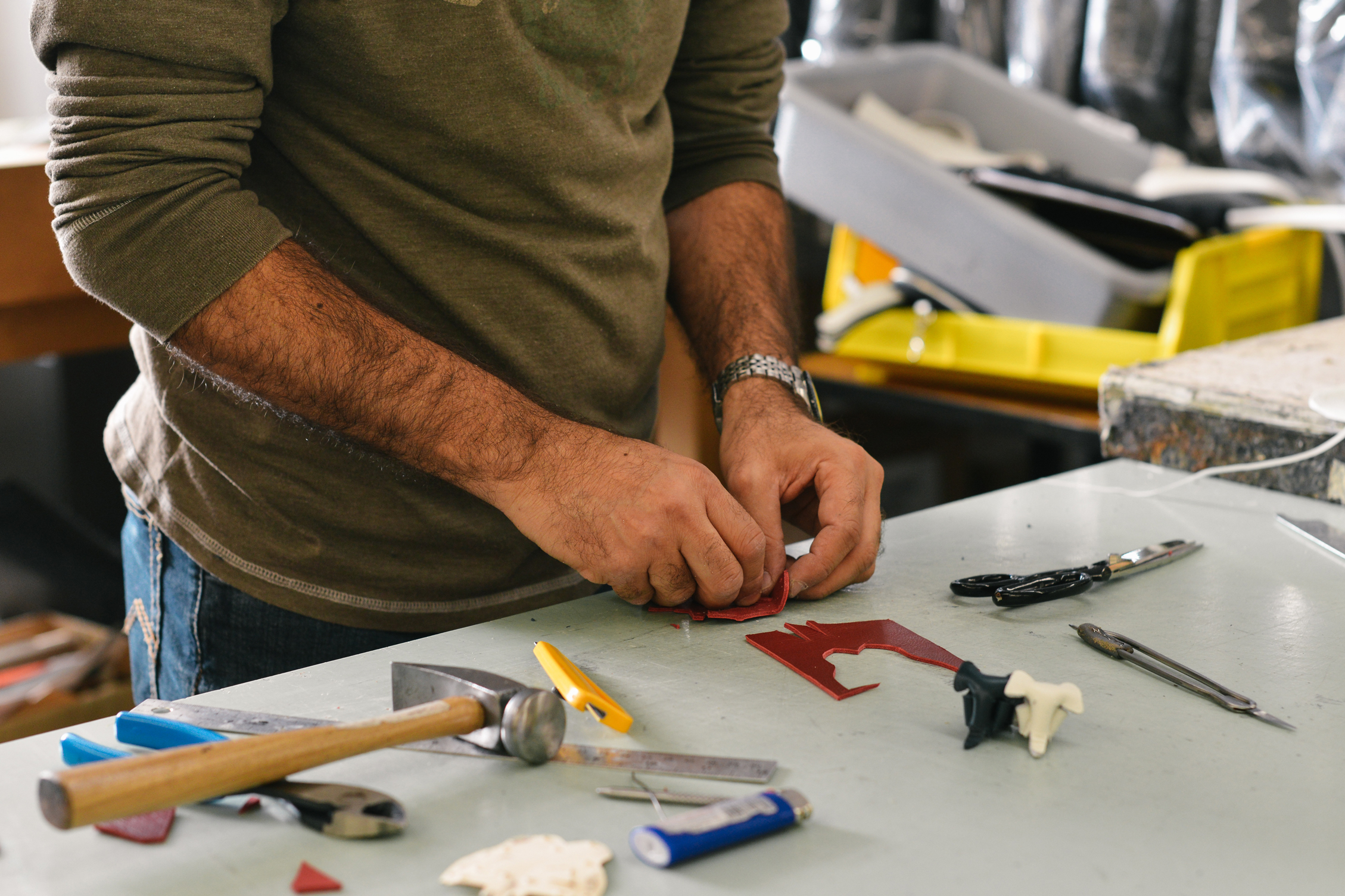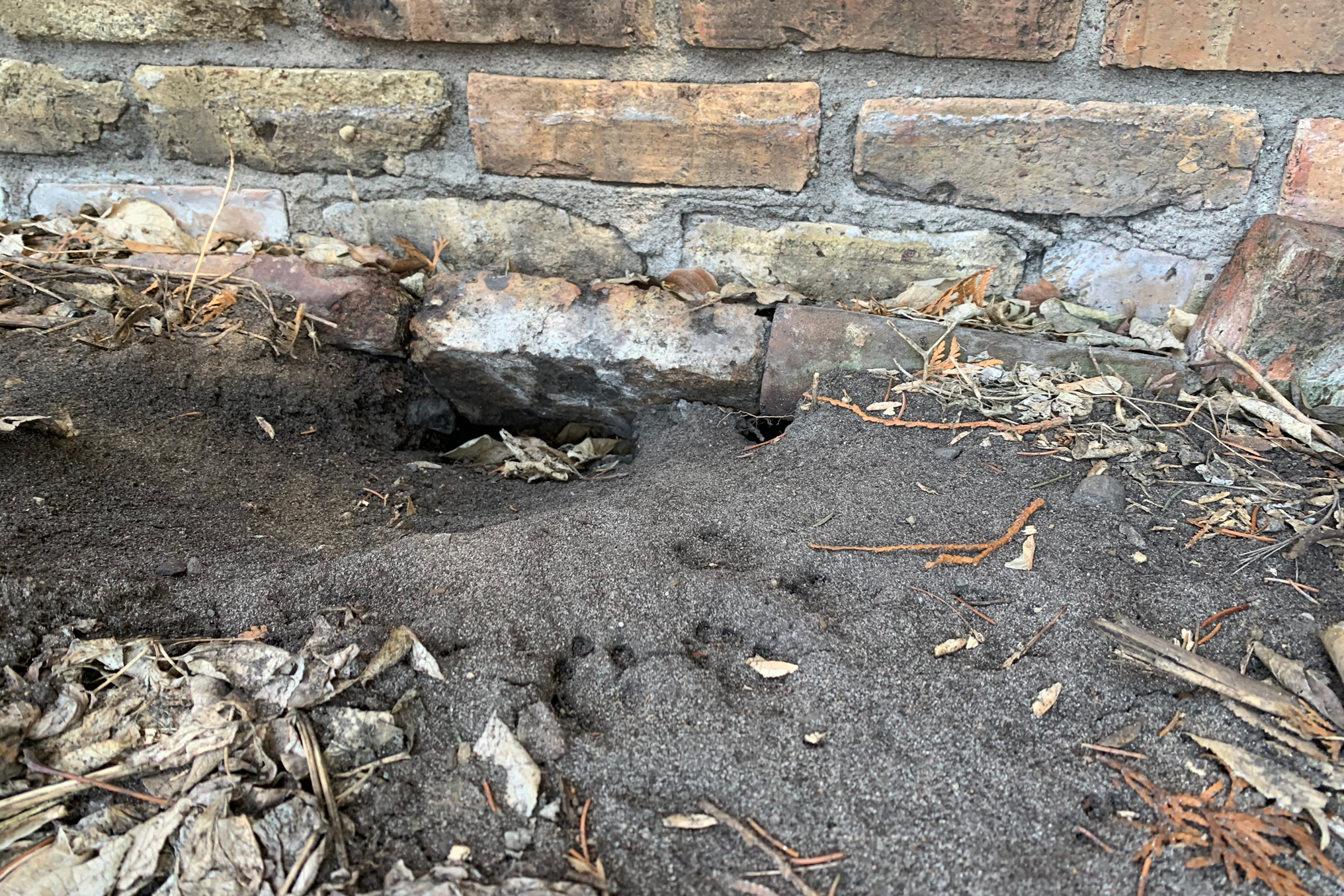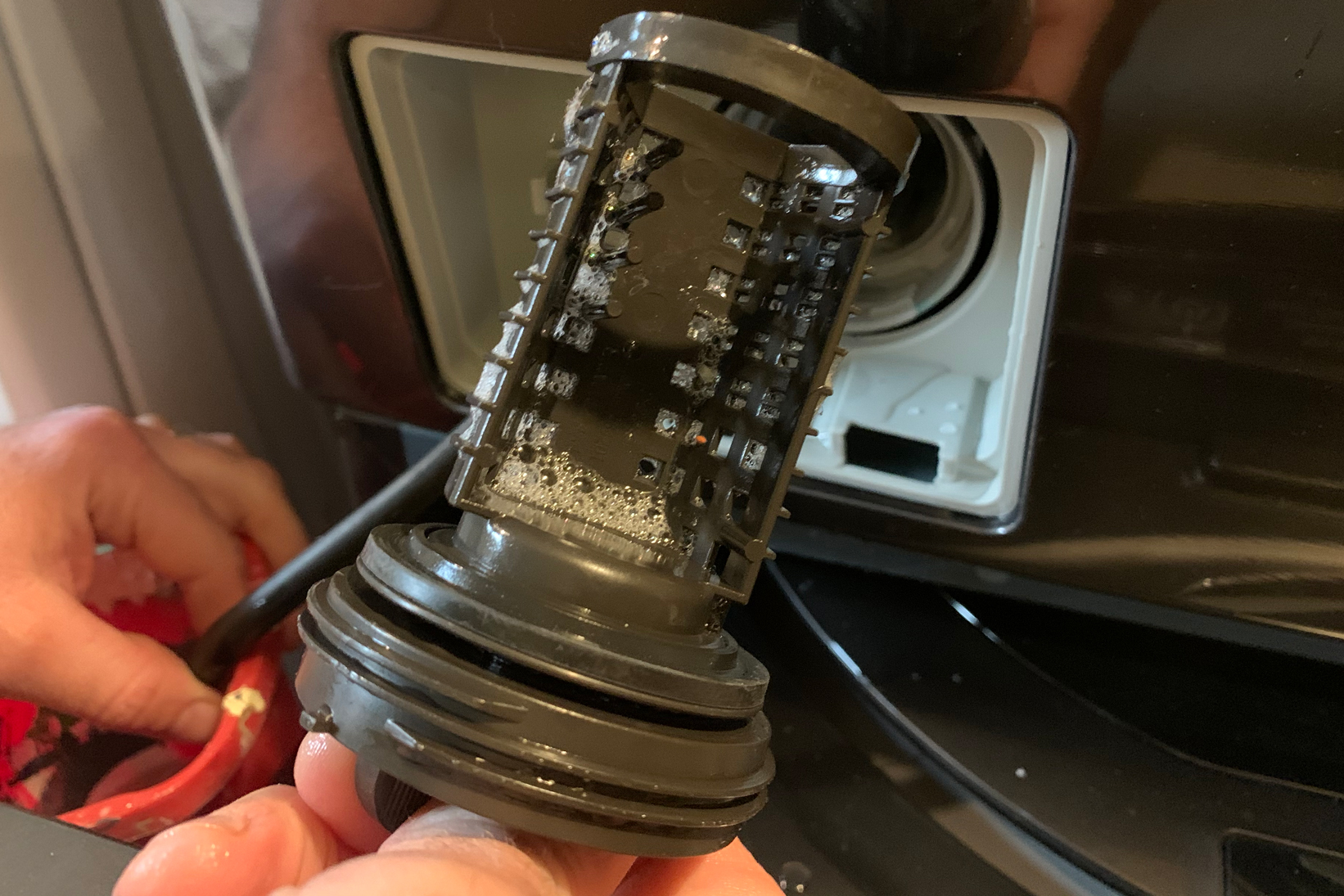Because your home is now your workplace, gym, coffee shop, and primary care facility, you’ll need to keep it in good working order.
Under normal circumstances, “honey-do” lists and “weekend warrior” projects often get pushed aside by the daily grind. But in this bizarre new pandemic reality, that grind has ground to a halt.
If there’s an upside, it’s that you have both time and incentive to knock out some of those around-the-house chores you may have put off. We spoke to a project manager and lead carpenter with a home remodeling business to find out what projects anyone can do to keep their homes in tip-top shape.
And don’t worry if DYI isn’t your thing. Not only are these 11 tips easy for most anyone, but we even included a simple list of beginner tools to help build an essential toolkit you can be proud of.
11 Easy & Essential Home Maintenance Projects
We spoke with John Wagner, a partner and project manager at the Twin Cities-based Waxwing Woodworking Inc. He identified 11 projects every homeowner should do to keep their house running efficiently and safely. And if you’re a renter, you can still check these things and let your landlord know.
And while Wagner said you could easily get all these done during these social distancing mandates — some take as little as 30 seconds — at the very least, you could use this time to check all the items and make a plan for the next couple months.
1. Change your home air filter
Filters should be changed monthly, and you should always have a spare one on hand. If you don’t, check the filter size and head on down to your friendly neighborhood filter (hardware/home improvement) store and pick up a bulk pack. Unless you have acute sensitivities to specific particulates, a filter with a “MERV” rating of 5 to 8 will be fine.
A higher MERV rating will trap finer particles, but at some cost to the efficiency of your furnace. If you’re not sure what filter to use with your system, check the service manual or give a local heating contractor a call.
Once you have the new filter, remove the old one and replace it, taking care to orient the filter for the direction of airflow. If you don’t have the size of the filter and direction of airflow written on your filter cover, now’s a good time to bust out the marker and get that done.
2. Clean gutters, check downspouts
Take a walk around the perimeter of your house and check your gutters and downspouts. If you didn’t clean your gutters after the leaves fell last year, get to work. But don’t just leave that crap on the ground! (More on that later.)
Downspouts should extend a minimum of 5 feet from the foundation to keep water from working its way into your basement. If you have a finished basement, a nice, long downspout could wind up saving you a ton of money.
Most basement moisture problems arise from bulk water intrusion caused by bad slope and drainage. If your soil doesn’t slope away from your house (6 inches over 10 feet), that’s a major issue to address.
Quick note: If you live in a cold climate, you should have a dehumidifier running from spring through fall (especially if you have a finished basement).
3. Prep garden, remove yard matter near your house
Once you’ve thrown all your gutter goo onto the ground, pick it up. Rake up the old, decaying stuff from around the house so that soil isn’t building up against the house.
If you put mulch around the house, it’s good to maintain 6 inches of clearance below the siding, especially if your siding material is a wood or wood composite. Personally, I like a 12- to 18-inch bed of crushed rock or gravel between the foundation and plants. That buffer will help prevent moisture and pests from working into the house.
Plus, this is also a great time to plan for your vegetable garden. If the soil has thawed enough where you are, mix in some compost, and you’ll be ready to plant when the weather allows.
Finally, now’s a great time for tree trimming. If you’re up to it and can do it safely, trim away dead or decaying branches and manage the growth of fruit trees.
The University of Minnesota Extension has excellent resources for managing trees and gardening.
4. Clean air-conditioning coils
First, you’ll want to clear away any plant growth around the condenser. Hook up your hose and decide how clean you want the condenser. You can either take the cover off (be sure to flip the breaker off inside) and clean from the inside out, or you can spray from the outside with the cover still on.
Either way, spray at a downward angle until clean. If you’ve removed the cover to clean, you should be really proud of yourself — unless you damage the thin aluminum fins by folding them over.
5. Vacuum refrigerator coils
Carefully walk out your refrigerator and start suckin’! Pull off the cover on the front that overlaps the wheels and vacuum that out. At the back of the fridge, vacuum the coils and motor. (No need to look behind the fridge, there’s definitely nothing there. Nope.) Just slide the fridge back.
Be sure the fridge has an inch or so of clearance above it to allow warm air to escape.
6. Check siding for holes or other entrances for vermin, seal them
If you had any winter guests this year, now’s a good time to check around the house to see how they got in. Start by following #3 above.
Then, check for holes in the siding, gaps below the last course of siding (could be loose bricks or cracked stucco), or gaps that might have formed in your soffits. You can fix most means of ingress with better landscaping, steel wool, a good-quality caulk, or spray foam.
Now, if you had squirrels or raccoons get into your attic through holes in your soffit or fascia, you might want to call a contractor.
7. Summerize snowblower, prep lawnmower for season
If you’re not expecting more snow, get your snowblower ready to hibernate. Remove the fuel that’s in it and empty the fuel into a safe storage container (you can dump the fuel from the snowblower into your gas can).
Don’t be a jerk neighbor and run your snowblower for 2 hours to burn off the fuel. Also, get some fuel stabilizer and pour that into your gas can before filling it up with gas.
Next, clean up your snowblower. Lubricate any parts that move, pull the spark plug, and get a bit of oil worked through the motor by pulling the cord a couple of times. You might as well check to see if your augur blade is worn down or damaged; the same goes for the scraper blade.
As for the lawnmower, if it ran well the year before, you should be able to fuel it up and get it going. If not, it’s generally a simple procedure to pull and clean the carburetor, replace the spark plug, and complete an oil change.
Now, if you’re feeling frisky, you can check and sharpen the mower blade. Disconnect the spark plug, flip the mower, and remove the blade (you’ll need a wrench). Clamp the blade in a vise or clamp it to a sturdy table.
With an angle grinder and a sanding pad, give the blade a few passes at a 30-degree angle. If you’re left with a rough burr on the back side of the edge, knock it off with a few passes of a file. If you don’t have an angle grinder, you can use a sharpening stone or a file, but it takes much longer.
8. Check washing machine filter, clean dryer vent
This one is pretty straightforward. First, check your washer’s manual on how to clean the filter. It will probably say something smug, like, “Clean this filter monthly.”
But there’s another inlet filter that’s also super easy to clean. Turn off the water supply, disconnect the hose, and remove any particulates. This is an especially important task if you have older, galvanized supply lines in your home.
Cleaning the dryer vent is super important, too. First of all, your vent should be a rigid pipe, and the joints should be lapped so that lint isn’t accumulating at the edges. Disconnect the pipe from the dryer (just pull, and you might have to cut some tape) and check the vent on the dryer. Clear or dirty? Any toys in there?
Next, take a look into the pipe. Slide a vacuum hose up there with a brush attachment. Now, head outside to the dryer’s exhaust port.
On the outside of the house, check to see if the damper closes smoothly or if lint has accumulated there and was letting freezing-cold air into your house all winter. Clean it. Reattach the pipe and re-tape those joints with a quality foil tape.
If you have a flexible vent pipe, switch to a rigid pipe. Rigid pipe will vent more efficiently, trap less lint, and is overall safer.
9. Check carbon monoxide and smoke detectors
Test ‘em all! Change the batteries. If any of the units are old, replace them. Many new units come with sealed batteries and are good for 10 years.
You should have a minimum of one smoke and one carbon monoxide (CO) detector on each floor, a smoke detector inside and outside of each bedroom, and a CO detector within 10 feet of each bedroom and sleeping area.
10. Upgrade your thermostat
Get and install a smart thermostat. Personally, I like the ecobee. Chances are that your energy provider offers some kind of rebate, which will offset some of the initial cost.
It proved super easy to install in my home, even though I didn’t have a C-wire. The savings started immediately, the unit is super intuitive and functional, it looks nice, and the sensors prioritize heating and cooling occupied spaces.
Why do it? Because a super-easy way to save money and energy, as well as limit emissions, is to not be such an energy hog. Sign up for off-peak energy and adjust your thermostat settings so that your house is 65 degrees in the winter and 76 degrees in the summer.
Some people may require different temps for health reasons, but your house doesn’t have to be 70 degrees all year ’round.
11. Check water heater
The more adventurous among you may want to try a little water heater maintenance. Three things to do here: Check the pressure relief valve, check/replace the sacrificial anode, and flush the water heater.
Testing the pressure relief valve will get a bit of scalding-hot water on the floor. So wear sturdy shoes. This one is better to watch — I recommend the trove of good info on the This Old House channel on YouTube. This is really a show, don’t tell fix. Check out some of the channel’s videos below.
Temperature and pressure relief valve:
Sacrificial anode:
Flush water heater:
Bonus: Start a home savings account
The best way to save money is to actively save money. So if you have the luxury right now, you could start a savings account for your home.
A good rule of thumb is to save 1.5-2% of your home’s value every year. If some of the systems in the house aren’t in great shape or are older, save a little more.
For some perspective, a full replacement of a forced-air furnace and AC condenser can easily run up to $10,000 or more.
Basic Toolkit for Home Maintenance
To tackle most home improvement projects, you’ll need some rudimentary tools. Here’s a list of tools you should have on hand to tackle common DIY tasks:
Home DIY Toolkit
- Hammer
- Phillips, flathead, or interchangeable-head screwdrivers
- Electric drill with bit kit and driver bits
- Tape measure
- Utility knife
- Pliers
- Adjustable wrench
- Small handsaw
- Voltage detector
- Wire nuts
- Wire cutters
- Safety glasses and ear protection
- Level (32″)
- Electrical, Teflon, duct, and painter’s tape
- Allen keys
- Small socket set
- Small pry bar
- Rags
- Pencils, sharpies












